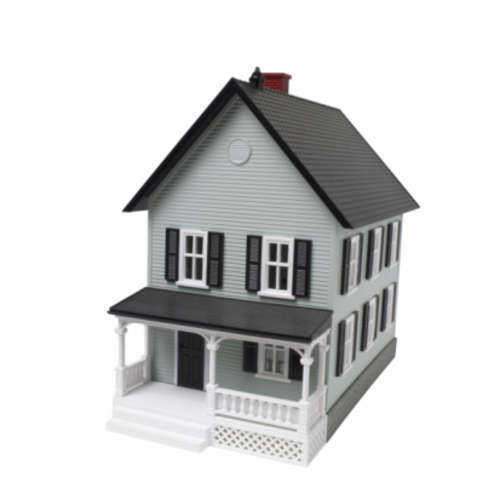
Typically given to older home owners, a reverse
mortgage is a loan used to release the
home equity from a previously owned property. When purchased, a home becomes a
person’s most prized investment. Within the home is a considerable amount of
equity. When a reverse loan is granted, the equity in the property will be paid
out in a lump sum or through multiple payments. The homeowner’s obligation to
fulfill the loan is deferred until the home is sold, the owner leaves the
property, or the owner dies.
In a conventional mortgage a homeowner makes a monthly payment to a lender.
After each payment, the borrower’s equity increases within the property. When
the mortgage is fulfilled, typically after 30 years or so, the property is
released by the lender and given to the buyer. In a reverse mortgage however,
the home owner makes 0 payments and all the interest is added to the lien on
the particular property. If the owner receives a bulk payment or monthly
payments of the available equity, then the debt on the property in question
increases each month.
As a result of a reverse mortgage’s characteristics, the reverse mortgage
calculator possesses different components than a regular mortgage calculator.
The reverse mortgage calculator–which was designed by the Federal Housing
Administration– determines a senior homeowner’s eligibility for obtaining a
reverse mortgage loan. The reverse mortgage calculator incorporates programs
and rates offered by various mortgage companies. The proceeds available to a
senior homeowner are based on the youngest borrower and the property’s value.
The typical components of a reverse mortgage calculator are the homeowner’s
date of birth, the spouse’s date of birth (if applicable), the estimated value
of the home, the zip code where the home is located, and the amount of
mortgages and liens against the property.













